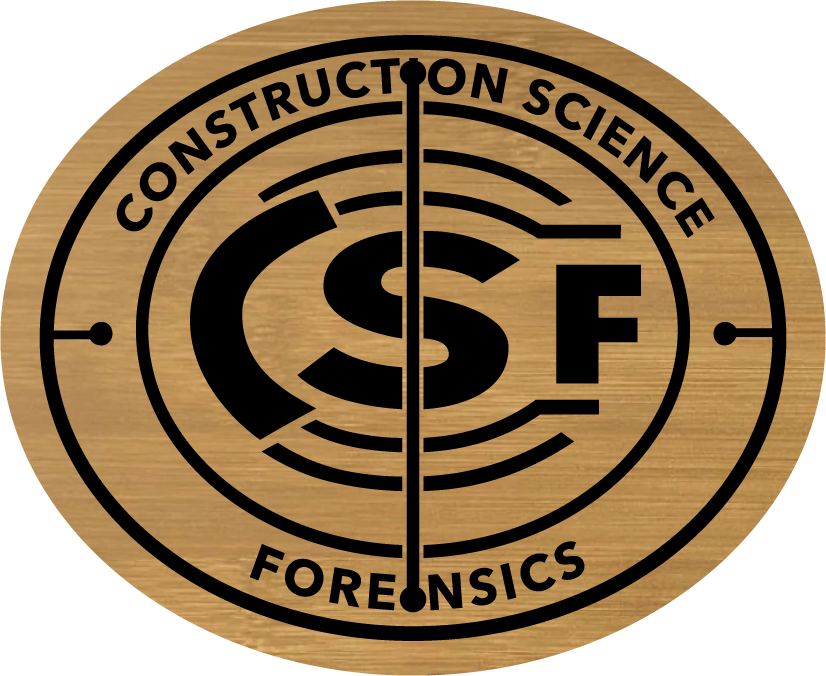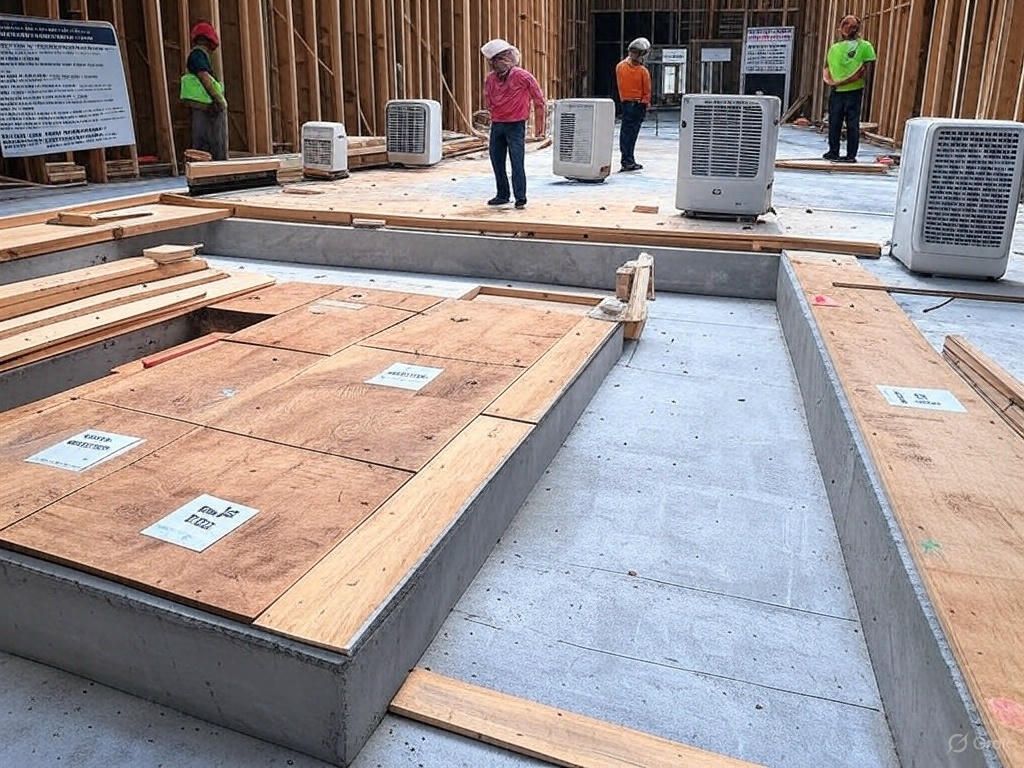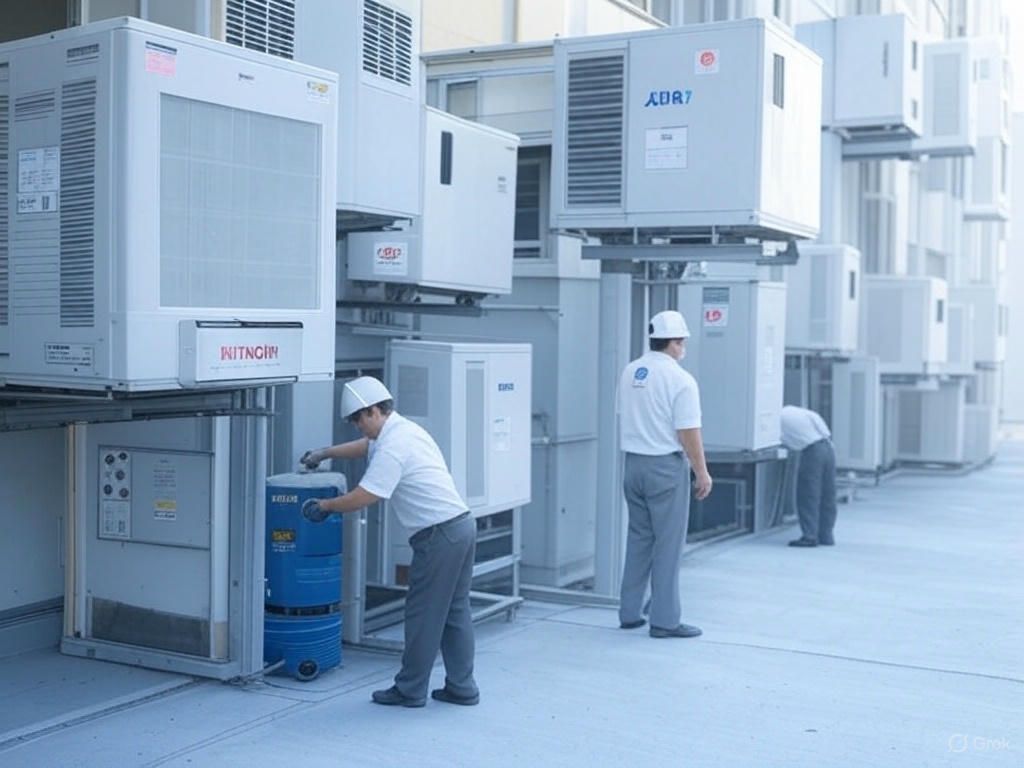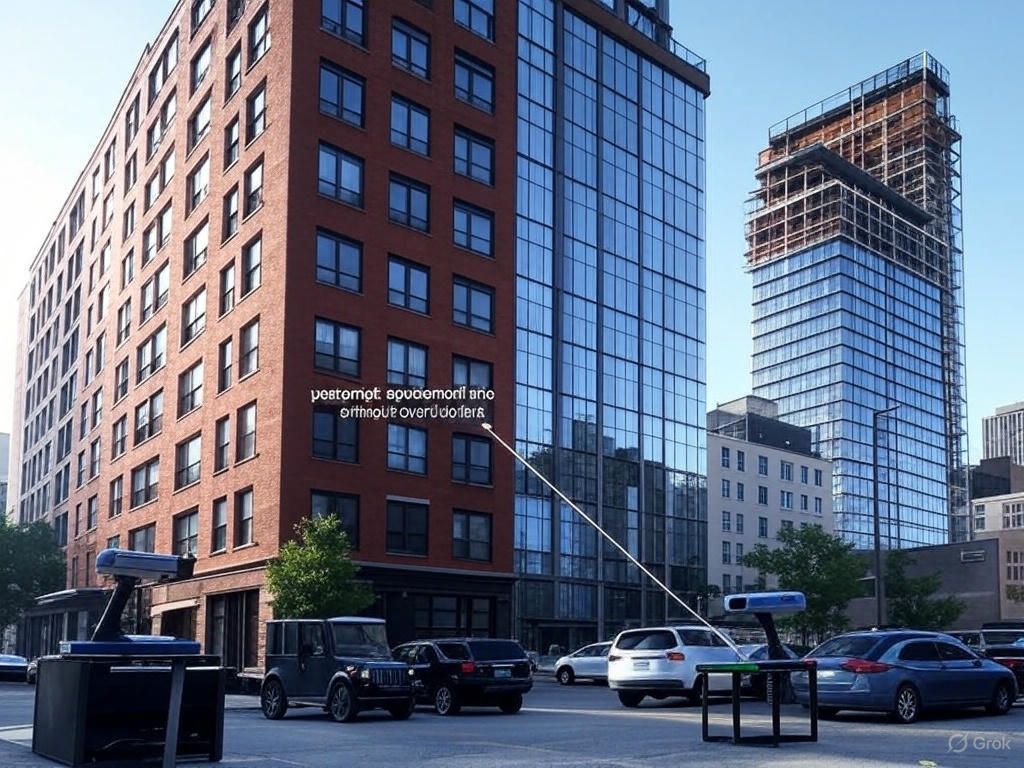Nate • 7 June 2025
Xactimate vs. Restoration Contractors

When it comes to repairing property damage, whether from fire, water, or storms, accurate cost estimates are crucial for homeowners, contractors, and insurance companies. Two primary methods dominate the industry: Xactimate estimates, a software-driven approach widely used by insurance adjusters, and estimates prepared by restoration contractors, which rely on hands-on expertise and subcontractor bids. Understanding the differences between these approaches can help property owners navigate insurance claims and ensure fair settlements. In this article, we’ll compare Xactimate estimates and restoration contractor estimates, highlighting their strengths, limitations, and key considerations for achieving accurate repair cost estimates.
What is Xactimate?
Xactimate is an industry-standard software developed by Xactware (a Verisk Analytics company) used primarily by insurance adjusters, contractors, and restoration professionals to estimate repair and reconstruction costs. It provides a detailed, itemized breakdown of materials, labor, and other expenses based on a comprehensive database updated regularly with pricing specific to geographic regions (down to zip codes across the U.S.). Xactimate is widely adopted, with 80% of property claims in the U.S. and Canada estimated using this software.
Key Features of Xactimate:
- Localized Pricing: Uses zip-code-based pricing for materials, labor, and equipment, ensuring region-specific accuracy.
- Automation and Templates: Streamlines the estimation process with pre-built templates, cloud-based access, and tools like Sketch AR for creating diagrams.
- Standardization: Provides consistent, detailed reports that align with insurance industry standards, reducing disputes during claims.
- Real-Time Updates: Pricing data is updated monthly, reflecting current market conditions and material costs.
Xactimate is particularly effective for standardized projects, such as tract homes or common repair tasks like drywall replacement or water extraction. However, its reliance on averages and pre-set data can pose challenges for unique or high-value properties.
What Are Restoration Contractor Estimates?
Restoration contractor estimates are prepared by licensed professionals who rely on their industry expertise, subcontractor bids, and real-world project experience to assess repair costs. Unlike Xactimate, which uses software-driven calculations, contractor estimates are often tailored to the specific project, factoring in local labor rates, material availability, and the complexity of the damage.
Key Features of Contractor Estimates:
- Customized Assessments: Contractors physically inspect the property and account for unique features, such as custom-built cabinetry or historic materials, which may not be adequately captured in Xactimate’s database.
- Subcontractor Bids: Estimates often incorporate quotes from specialized subcontractors (e.g., electricians, plumbers), providing a more granular cost breakdown.
- Market-Driven Pricing: Reflects actual costs based on current local market conditions, which may differ from Xactimate’s averaged data.
- Flexibility: Contractors can adjust estimates to account for unforeseen challenges, such as hidden structural damage discovered during repairs.
Contractor estimates are particularly valuable for complex or custom projects, where standardized software may fall short. However, they may lack the uniformity and detailed documentation that insurance companies prefer, which can complicate claim negotiations.
Comparing Xactimate Estimates and Restoration Contractor Estimates
To help property owners and professionals choose the right approach, let’s break down the key differences between Xactimate and restoration contractor estimates across several critical factors.
1. Accuracy for Unique or High-Value Properties
- Xactimate: While Xactimate excels at estimating costs for standard homes, it may underestimate costs for custom-built, historic, or high-value properties. Its database is designed for typical scenarios and may not account for premium materials or specialized labor. For example, replacing custom kitchen cabinets may be undervalued if Xactimate applies generic pricing.
- Contractor Estimates: Restoration contractors provide more accurate estimates for unique properties by factoring in specific materials, craftsmanship, and local market conditions. For instance, a contractor estimating a high-end kitchen renovation might include bids from cabinet makers who specialize in custom designs, ensuring a realistic cost projection.
Winner: Contractor estimates for unique or high-value properties; Xactimate for standard homes.
2. Speed and Efficiency
- Xactimate: Xactimate’s automation tools, cloud-based platform, and pre-built templates allow for rapid estimate generation, often within 24-48 hours. This speed is critical for insurance claims, where quick turnaround times can expedite settlements.
- Contractor Estimates: Contractor estimates typically take longer, as they involve on-site inspections, subcontractor coordination, and manual calculations. Depending on the project’s complexity, estimates may take several days or more to finalize.
Winner: Xactimate for speed and efficiency.
3. Standardization and Insurance Compatibility
- Xactimate: As the gold standard for insurance claims, Xactimate estimates are formatted to meet industry expectations, making them easier to negotiate with adjusters. Insurance companies like State Farm, Allstate, and USAA rely on Xactimate, and its standardized reports reduce discrepancies during claim reviews.
- Contractor Estimates: Contractor estimates may not align with Xactimate’s format or level of detail, which can create challenges when presenting them to insurance adjusters. Property owners may need to provide additional documentation or hire Xactimate-trained professionals to bridge the gap.
Winner: Xactimate for insurance compatibility.
4. Cost Transparency and Documentation
- Xactimate: Offers detailed, itemized reports that break down costs by line item (e.g., drywall replacement, labor hours). These reports are transparent and include overhead, profit, and taxes, making it easier for stakeholders to understand the estimate. Xactimate’s documentation is also valuable for resolving disputes.
- Contractor Estimates: While contractors can provide detailed breakdowns, the level of documentation varies. Some contractors may offer less granular reports, which can lead to misunderstandings with insurance adjusters or clients.
Winner: Xactimate for transparency and documentation.
5. Flexibility for Custom Pricing
- Xactimate: Allows for custom pricing to account for specific materials or regional variations, but this requires expertise to override default settings accurately. Without proper training, adjusters or contractors may rely on outdated or generic pricing, leading to lowball estimates.
- Contractor Estimates: Contractors have greater flexibility to adjust pricing based on real-world costs, such as sourcing high-end materials or accounting for labor shortages. This adaptability ensures estimates reflect the true scope of work.
Winner: Contractor estimates for flexibility.
6. Potential for Disputes
- Xactimate: Because Xactimate is widely used, it reduces disputes by providing a common framework for adjusters and contractors. However, improper use or reliance on averages can lead to underestimation, sparking disagreements, especially for complex claims.
- Contractor Estimates: Contractor estimates may differ significantly from Xactimate estimates, leading to disputes with insurance companies. Property owners may need to advocate strongly or hire Xactimate-trained professionals to reconcile differences.
Winner: Xactimate for reducing disputes, but only when used correctly.
Bridging the Gap: Best Practices for Property Owners
To ensure fair and accurate repair cost estimates, property owners can combine the strengths of both approaches. Here are some actionable tips:
- Obtain Independent Estimates: Hire a licensed restoration contractor trained in Xactimate to provide an independent estimate. This professional can use Xactimate to align with insurance standards while incorporating real-world expertise for accuracy.
- Document Everything: Provide detailed documentation of your property’s features, such as receipts for custom upgrades or photos of high-end finishes. This helps contractors and Xactimate estimators account for unique elements.
- Compare Estimates: Request both a Xactimate estimate and a contractor estimate, then compare them to identify discrepancies. A professional estimator can explain differences and negotiate with the insurance company on your behalf.
- Check for Market Conditions: Ensure estimates account for local market conditions, such as labor shortages or material price surges after a disaster. Xactimate allows for market condition adjustments, but contractors may naturally reflect these in their bids.
- Work with Certified Professionals: Choose contractors or estimators with certifications from organizations like the Institute of Inspection Cleaning and Restoration Certification (IICRC) or Xactimate training to ensure credibility.
Conclusion: Which Approach is Right for You?
Choosing between Xactimate estimates and restoration contractor estimates depends on your project’s needs and complexity. Xactimate is ideal for standard repairs, offering speed, standardization, and insurance compatibility. However, it may fall short for custom or high-value properties, where restoration contractor estimates shine due to their flexibility and real-world accuracy. For the best outcome, consider combining both approaches by working with a Xactimate-trained contractor who can provide a tailored estimate that aligns with insurance expectations.
By understanding the strengths and limitations of each method, property owners can advocate for fair claim settlements and ensure their repairs are completed accurately and efficiently. Whether you’re a homeowner, contractor, or adjuster, leveraging the right tools and expertise is key to navigating the complex world of construction cost repair estimates.









